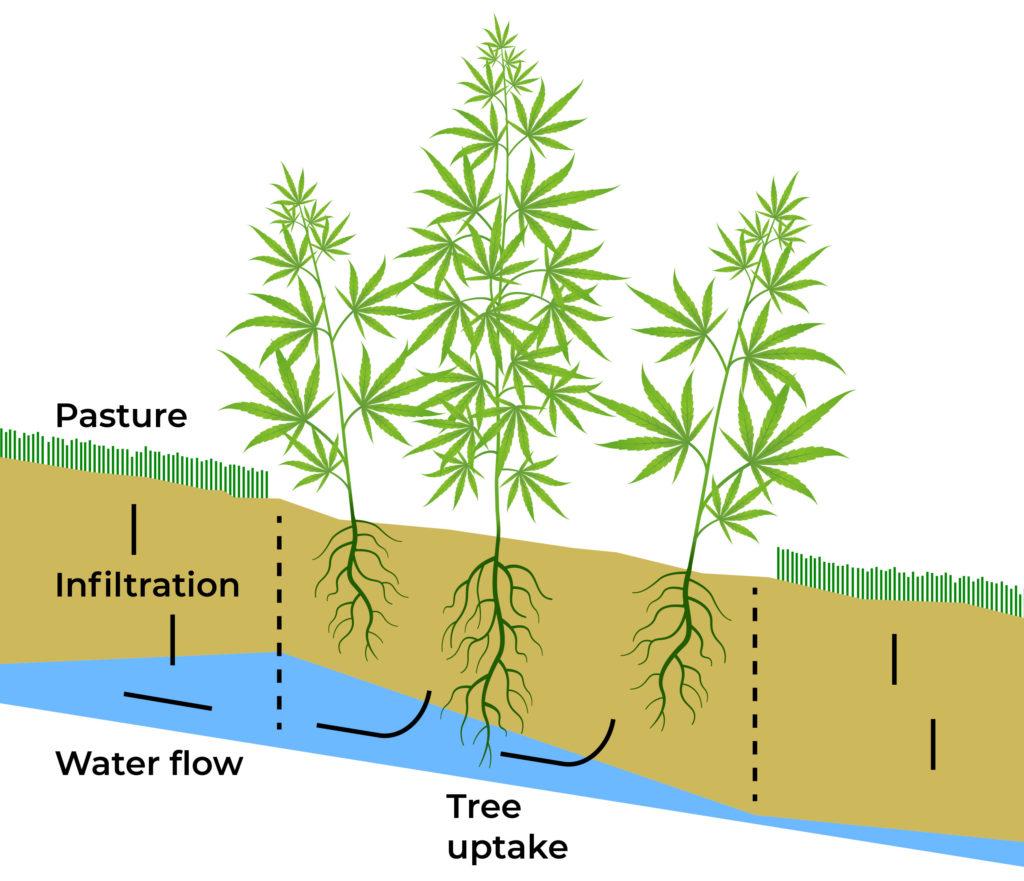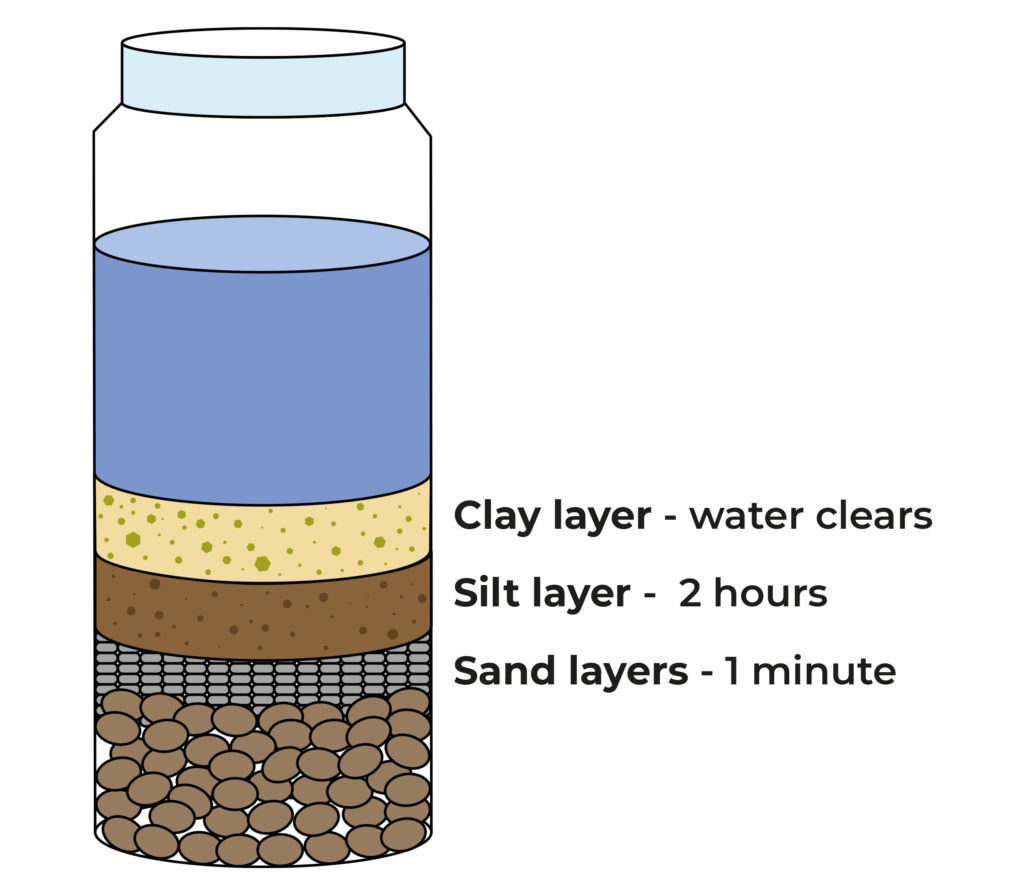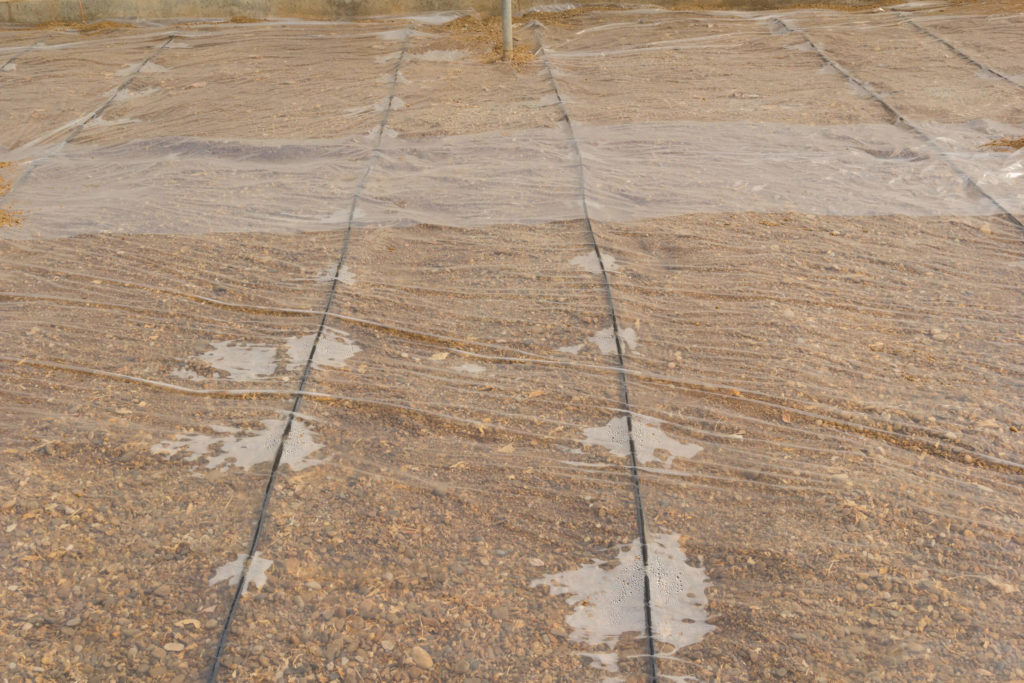Choosing the best soil for cannabis means monitoring soil acidity, texture and pathogens or pests inherent in soil. Making your own soil or purchasing sterile soil gives you full control over the acidity, nutritional content and texture of the soil. At the same time, planting in the ground exposes cannabis plants to the entire living organism that is soil — and this is very difficult to create in a pot.

In any case, the growing medium is fundamental to the grow itself as well as the final harvest. Having well prepared soil can help a grower mitigate problems throughout the grow. Theoretically, if soil is well nourished, the plant should thrive with little intervention. A healthy plant necessarily starts with great soil, and without the optimum soil for growing cannabis, you will never be able to bring about an optimum harvest.
You are watching: Best Soil for Cannabis Plants Outdoors
Soil texture and composition for outdoor soil
The best soil texture for cannabis is light, loamy soil that drain swell but also retains a degree of moisture. Loamy soils are a mixture of sand, silt and clay in an approximately 40:40:20 ratio:
- Sand is a major constituent of many soils, and is characterized by granular particles of rocks and minerals that measure 0.05mm to 2mm in diameter.
- Silt is finer than sand, and consists of particles measuring 0.002mm-0.05mm.
- Clay is finer still, and its particles measure less than 0.002mm in diameter.

One method of determining soil composition involves shaking soil in a jar full of water and allowing the particles to settle; a more detailed explanation can be found here.
The smaller the average particle size in soil, the harder it is for water to travel through it. You can think of it like a coffee machine. If you pack the coffee into the wand too tight, it’s near impossible for the water to come filtering through. By the same principle, sandy soils have very quick water drainage, while soils with high clay content become waterlogged easily.
If you’re using natural local soil, you can mix extra sand, silt or clay into it to improve its soil draining or retaining capabilities as needed. Drainage and soil stability may also be improved by adding gravel, which in technical terms is rock and mineral particles measuring 2m-75mm in diameter. Larger rocks can be removed where possible to avoid causing obstruction to the roots of plants.
If soil is poor, you may wish to consider buying good-quality commercial soil and mixing it into existing soil. You can also add manure, mulch, bloodmeal, bonemeal, or a range of other soil additives designed to improve nutrition release. You can even grow your plants entirely in bought commercial soil, in bags or pots so that they are not exposed to local soil.
Regulating pH of soil for growing outdoors
Read more : Wicker Furniture #101 — History, Repair, Tips
The optimum pH range for cannabis is between 5.5 and 6.5, making it slightly acidic. If soils are more acidic or alkaline than this, a range of deficiencies or toxicities can result. Soil that is too acidic or too alkaline disturbs a plant’s ability to absorb and use nutrients. If nutrients are not taken up in optimum ratios and quantities, your plants will not achieve the maximum quality and yield, your final harvest will suffer as a result.
Soil pH can be adjusted with a pH regulator. This is usually a solution that can be purchased from any gardening store. The most commonly used ingredient to lower pH (make it more acidic) is sulphur. Sulphur reacts with specialized bacteria commonly found in soil to create sulphuric acid, therefore acidifying the soil.
To increase pH, agricultural lime is usually added to soil. However, it isn’t necessary for cannabis cultivators to purchase sulphur or lime. These are usually available in solution at garden stores. A thorough guide to adjusting pH can be found here.
Remember that before you add a pH regulator to your soil, you first must know the current pH of your soil. This is measured with a soil pH meter. It can also be purchased from your garden store. You should only add pH regulator to your soil once you know the current state of acidity.
Sterilizing your outdoor soil
Sterilizing your soil by exposing it to steam can kill off many harmful bacteria, fungi and insects, while allowing several beneficial bacteria to remain alive. If purchasing good-quality commercial soil intended for growing cannabis, it is usually unnecessary to sterilize soil. However, if using local, natural soil, it may be helpful to sterilize where possible. It may also bring the added advantage of killing off any unwanted weed seeds present in the soil.

Sterilizing is a difficult and time-consuming process that is often overlooked though. If it’s not feasible to conduct this step, there are other ways to control pests. You can introduce beneficial microbes and insects to soil, as well as organic, plant-based compounds that repel or kill pests without harming the plant.
There are various techniques for sterilizing outdoor soil. Solarization is one method, and involves thoroughly tilling the soil so that it is broken up into fine pieces, watering and covering with a sheet of clear plastic.
Read more : 12 Best GFCI Outlets Reviewed and Rated in 2023
The sheet of plastic amplifies the heat and light of the sun and allows the soil to reach high enough temperatures to kill off most undesirable microorganisms. Soil must reach temperatures of 46°C (114°F) for four to six weeks to be fully effective. It should be checked and re-tilled regularly to ensure that temperatures are sufficient and consistent.
If soil solarization is not possible due to time constraints, it may be possible to sterilize your soil by using steam. Large-scale agricultural operations make use of expensive, specialized equipment, but it is possible to use cheaper household sources of steam such as a pressure cooker to sterilize soil.
There are also methods that have been designed for smaller-scale grow operations. For example, the Hoddesdon grid method is a technique that involves layering tilled loam on a steel grid over a shallow pan of constantly-boiling water so that steam can rise through it. When temperatures reach 82-88°C (180-190°F) throughout the soil, sterilization is complete.
Growing outdoors: Pots, bags, or holes in the ground?
When growing outdoors, there are several options available: grow your plants in pots or planters, keep them in growing bags (which may be the plastic sack your commercial soil was purchased in, or may be specially-designed bags that are typically made of hessian or breathable plastic). You can also dig holes in the ground and plant directly into the soil. Outdoor soil can be optimized using the methods outlined above, or use without modification if testing shows it to be naturally optimized for growing cannabis.
If growing in pots or bags, you have the advantage of using commercially-bought soil which is not only optimized for growing cannabis but pre-sterilized to ensure that no harmful microbes are present. The downside is that your plants will be constricted by the size of their container. Pots may also require regular transplants as well as water (which they cannot receive from groundwater as plants in permeable bags or holes in the ground can).
On the other hand, digging holes in the ground and planting your young plants straight into the soil allows them to grow without constraint, and will allow roots to access the maximum amount of groundwater. Thus, they will achieve larger sizes and will require less vigilant maintenance, but may be at increased risk of exposure to soil pathogens and even contamination from agricultural run-off, for example.

Choosing the best soil for cannabis is often not as complicated as growers make it out to be. This is especially true for those who are just beginning to grow cannabis, and are not particularly concerned with yielding specific amounts of specific cannabinoids. Cannabis grows almost everywhere, and is known to grow in wet soil next to riverbeds as well as on rocky mountainsides. Well-nourished soil with the correct texture and pH is the best starting point, after which many adjustments can be made throughout the grow using nutrients and pH regulator.
Watch your plants throughout the grow, and adjust the soil as need be. Growing cannabis is a learning process that requires time and patience, and the best things are learned on the job!
Source: https://gardencourte.com
Categories: Outdoor

